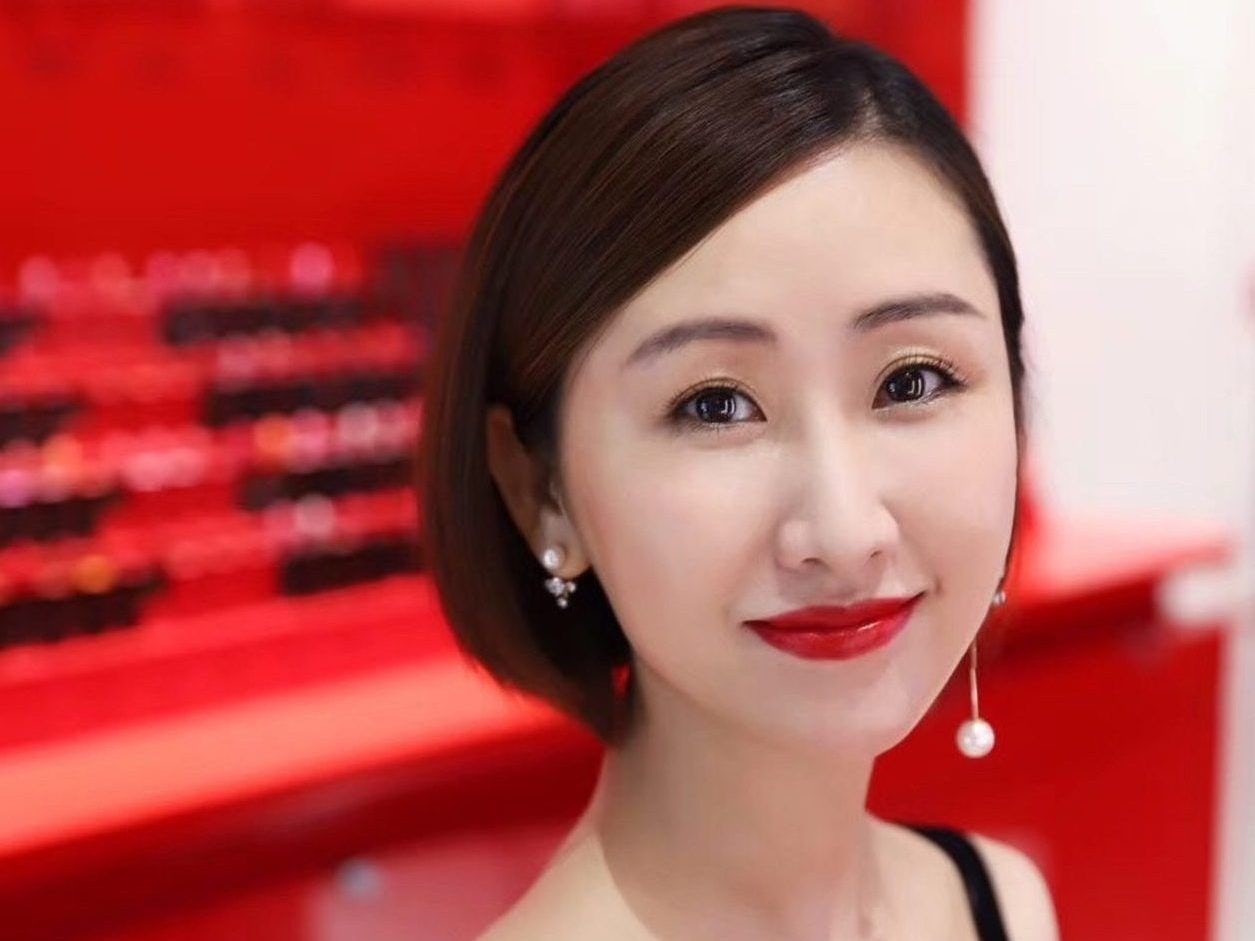“I’m hungover, and these lights are really bright." Such was the opening salvo of the eccentric South African internet celebrity known as Panda 宁大人 who spoke on a panel with a group of influencers and business owners at the China Chat Conference 2017, a WeChat and social marketing conference in Shanghai. Panda, who is based in Ning Bo, China, and has amassed a following of 300,000 on Meipai, a live video streaming and photo sharing platform, was among a number of KOLs who participated in the panel on Friday, September 22.
Panda, along with KOL Brian O’Shea, the 24-year-old creator and producer of a video channel about trying Chinese food, offered smaller luxury brands insights into how to nab the sponsorship of China’s top emerging influencers, along with their WeChat groups of 'superfans,' and how best to consider the power of the young fans who follow them.
If you didn't get to Shanghai for the conference, here are a few takeaways from the panel:
Don't Be Called a 'Foreign Dog': A Brand Should Know How to Present Itself to the Chinese Market#
Panda said it is often controversial to bring Western luxury brands into videos, and that it's important for international businesses to be careful about how they choose to advertise.
“Sometimes the Chinese fans online don’t like it if KOLs are always talking about foreign brands and foreign businesses," said Panda. "I get some negative comments, usually things like, 'Oh, foreign dog. Go back to America.' I’m not even from America. But it's important that the brands themselves have a key idea of how they want to present themselves to the Chinese market.”
Choose a KOL With Engaged Followers#
Panda also suggested that numbers aren’t everything when it comes to choosing an online influencer for a brand. “There are lots of people online who have more followers than me," he said. "But the important thing is to select a KOL who has engaged followers, followers who really are ‘super fans’, who trust us and will want to do the things we say, even buying luxury items.”
Smaller brands can reach out to lesser-known KOLs to harness powerful results. This is possible because the influencers themselves collect WeChat groups of ‘superfans’ who they directly instruct to watch, comment on or like different online content.
“We have these private WeChat groups with maybe 500 of our biggest fans," said Panda. "As soon as I upload content I’ll tell them to go and watch it. I’m like, ‘Go go go! Do it now! And they’ll immediately be there liking and commenting on the posts and pushing it up into the top ten current listings or wherever. These small groups are just as, maybe even more valuable than the hundreds of thousands of other online followers.”
Have a Clear Business Plan or a KOL May Fear a Loss of Credibility#
The 24-year-old KOL Brian O’Shea, who created TasteBuds, has over 100,000 loyal followers in China. Originally from Argentina, Brian moved to China in 2016 and taught himself Chinese using a set of online audio lessons.
“I expected my show to be popular with foreigners," he said. "It was kind of like, 'Look at all this strange Chinese food,’ to start with. But I quickly realized I was gaining a really large following in China. They could really connect to the idea that I was up for trying all of the different types of food China has to offer—and enjoying it!”
As of now, O’Shea has three private WeChat groups for fans, each with its own different manager. To help promote content and share videos. He previously did a collaboration with a Chinese instant noodle company (格格家), in which he tried instant noodles from around the world.
“I only want to work with companies who have something to do with my content," he said. "So, food. It’s important that smaller brands do their research to make sure we are the right fit for each other. I need the businesses to come to me with a clear business plan—how they want to be represented, on what platforms, and why they want it to be me. My fans will only continue to trust me if they see I am being genuine and care about the products I’m promoting. Some KOL’s have seen their credibility fall by collaborating with big brands for products their fans just don’t want.”
Don't Underestimate the Spending Power of Young Fans#
For many of these young KOL’s, the viewer demographic is often under the age of 18, which brings into question the spending power of these young fans. O’Shea believes this is why advertising in China is different from how it is elsewhere.
“Instant noodles is one thing," he said. "But these young Chinese people do have the spending power for luxury. Many of my young, Chinese viewers have so much money and they want to spend it. It really is just a matter of determining do they need and do they want the product.”
Panda 宁大人 confided that the night before the China Chat conference, he met a 12-year old fan who had spent over 1,500 yuan (227) watching him online, by donating to live streams and sending gifts. So, while the spending power of young fans shouldn't be underestimated, neither should their ability to be discerning shoppers.




